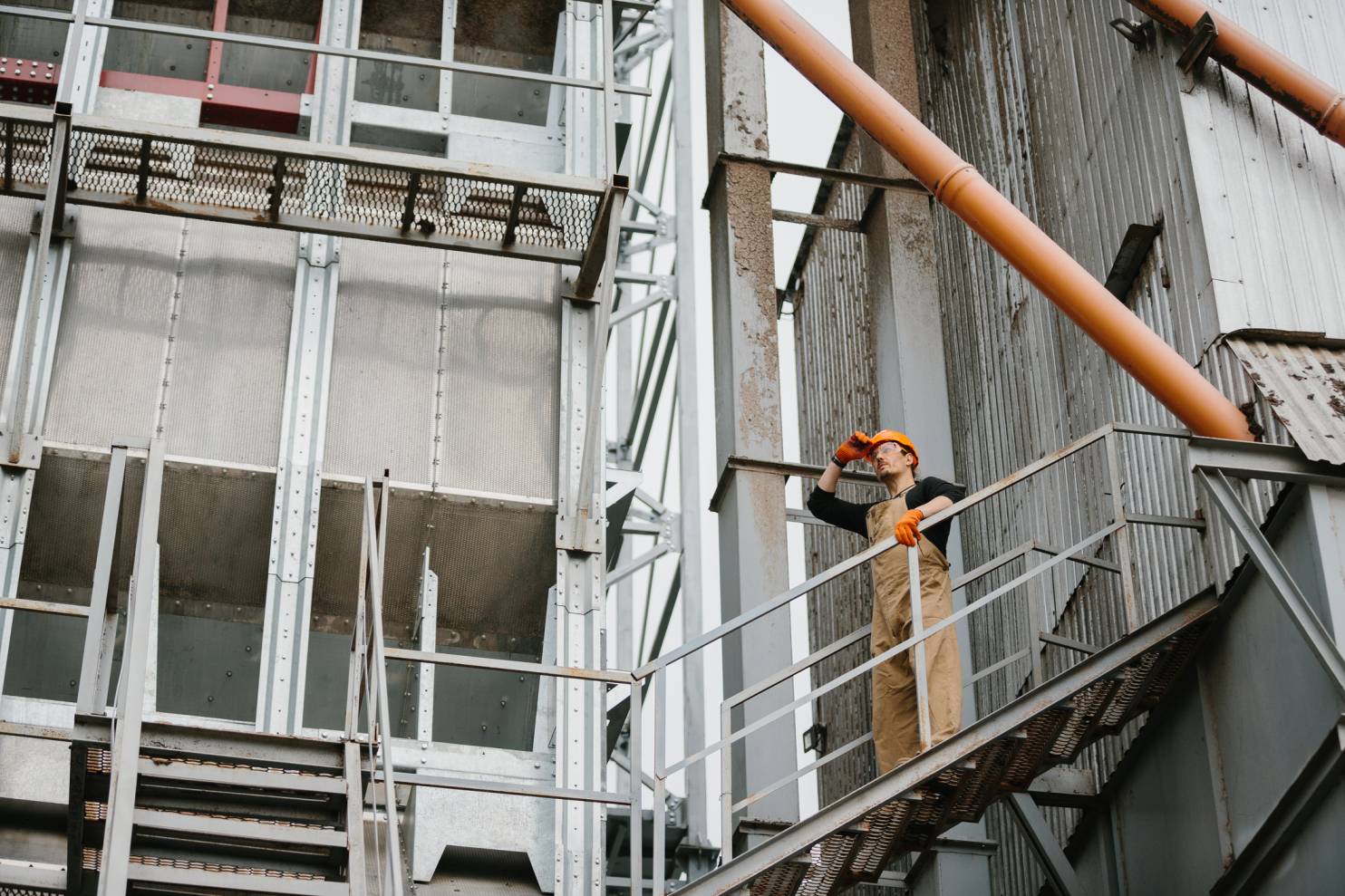Lubricants and safety in operation: fire-resistant dielectric and hydraulic oils

In industrial facilities, fire risk management is as strategic as energy efficiency or asset availability. Transformers, hydraulic lines close to heat sources, turbine control systems, etc. They all work in environments where a leak or an overheating can become a problem.
That’s why, choosing the right industrial fluid is a matter of safety. In this article we go over two key families: dielectric oils and fire-resistant hydraulic fluids. We also focus on a critical application: the electro-hydraulic controls (EHC) of turbines, with our Maker Commander Blue EHC fluid.
‘Increased safety’ in dielectric oils
EN 61100:1992 classifies insulating liquids according to the combustion point and its lower calorific value (LCV). Within this classification, K2 and K3 oils are characterized by having a combustion point above 300 ºC and a reduced LCV compared to conventional mineral oils. This translates to a longer reaction time as it slows the heat release rate versus paraffinic and naphthenic mineral dielectric oils.
At Repsol, we use the term 'increased safety' to refer to this class of K2/K3 dielectric oils. Added to this is another relevant advantage in many facilities, which is that they are easily biodegradable fluids, with a favorable environmental profile for sensitive locations.
In our catalog, you can find the following dielectric oils with high performance esters:
- Maker Bio Electra. This oil, based on natural ester and K2 class, offers remarkable resistance to ignition against mineral oils. It is an ideal option for distribution transformers, interior cells, and locations where safety and environmental protection are prioritized.
- Maker Bio Electra Synth. It is an oil based on synthetic ester and class K3 that reduces the energy available for combustion, providing an additional margin of protection in critical or remote installations.
Fire-resistant hydraulic fluids: safety without sacrificing performance
Not all hydraulic applications require a fire-resistant fluid, but when in close proximity to hot metal, sparks, furnaces, reheating furnaces, smelters, mining or wind turbines in remote locations, the benefit is obvious. Under these conditions, these products function as an additional technical barrier, limiting the spread of fire and maintaining system integrity even in the event of a leak.
At Repsol, we offer complementary alternatives to cover different scenarios:
- Maker Telex HFC. Water-glycol based, high fire resistance, and excellent heat dissipation. It is especially appreciated in lines close to heat sources and in systems where the controlling the risk of ignition is a priority.
- Maker Telex Vulcano. Synthetic fluid based on polyol polyester (HFDU) that combines fire protection with great thermal stability and lubricating properties. It is suitable for the most demanding hydraulic circuits located near hot spots and working with high pressures.
Flame retardant hydraulic fluids for turbine controls (EHC)
In turbine Electro-Hydraulic Control (EHC) systems, where servo valves with very tight clearances operate and fire safety is critical, Maker Commander Blue EHC provides the right blend of protection and performance. It is a high-performance flame-retardant hydraulic fluid that offers:
- Flame-retardant properties.
- Compatibility with tight clearance servo valves.
- Biodegradability.
- High thermal, oxidative, and hydrolytic stability.
- Excellent lubricity and self-extinguishing capacity.
This product is suitable for both conventional and nuclear thermal steam turbines, gas turbines, and combined cycle plants.
In addition to its safety profile, it is classified as an easily biodegradable lubricant, making it a more environmentally friendly alternative to mineral-based fluids. Prior technical advice is recommended for conversions from universal fluids, due to possible differences in gasket compatibility.
Operational safety: an advantage in the availability of equipment
Choosing a K2/K3 dielectric or a fire-resistant hydraulic fluid is a preventive measure, but also a decision that impacts the continuity of service, the cost of shutdowns, and the team's peace of mind.
If you would like us to help you choose the most suitable fluid for your facility or plan a safe conversion, please contact our Technical Support and Development (ATD) team by filling out this form. We will be happy to give you personalized recommendations, analysis plans, and any technical documentation you need.
Related content



